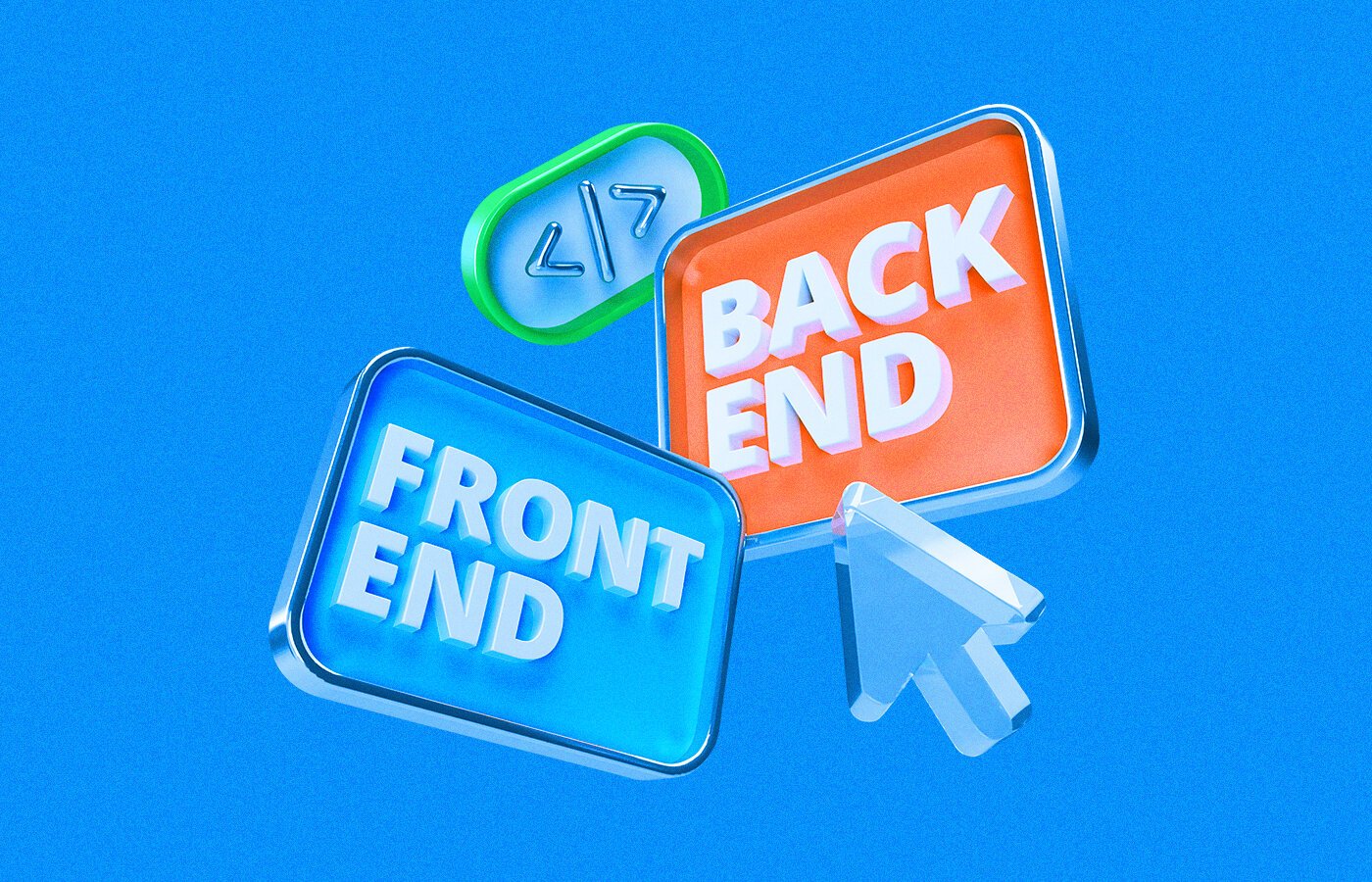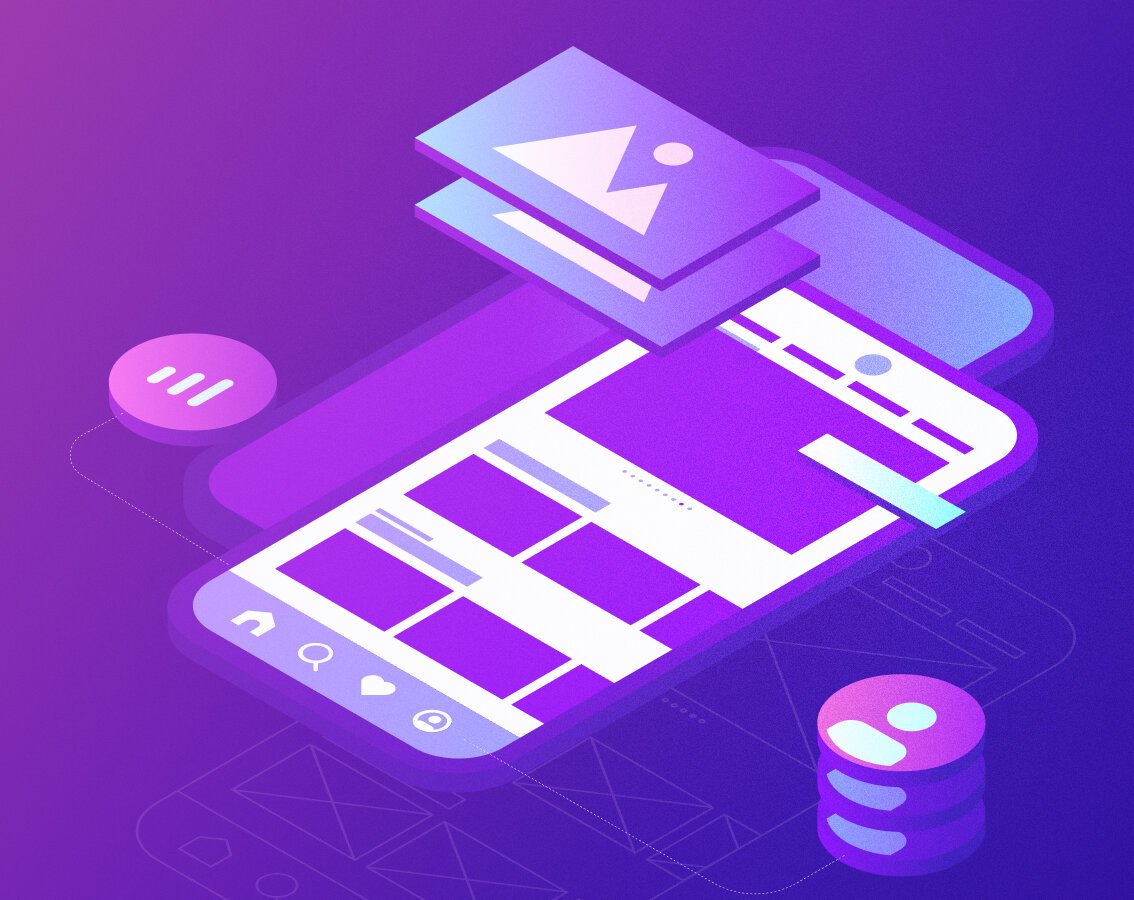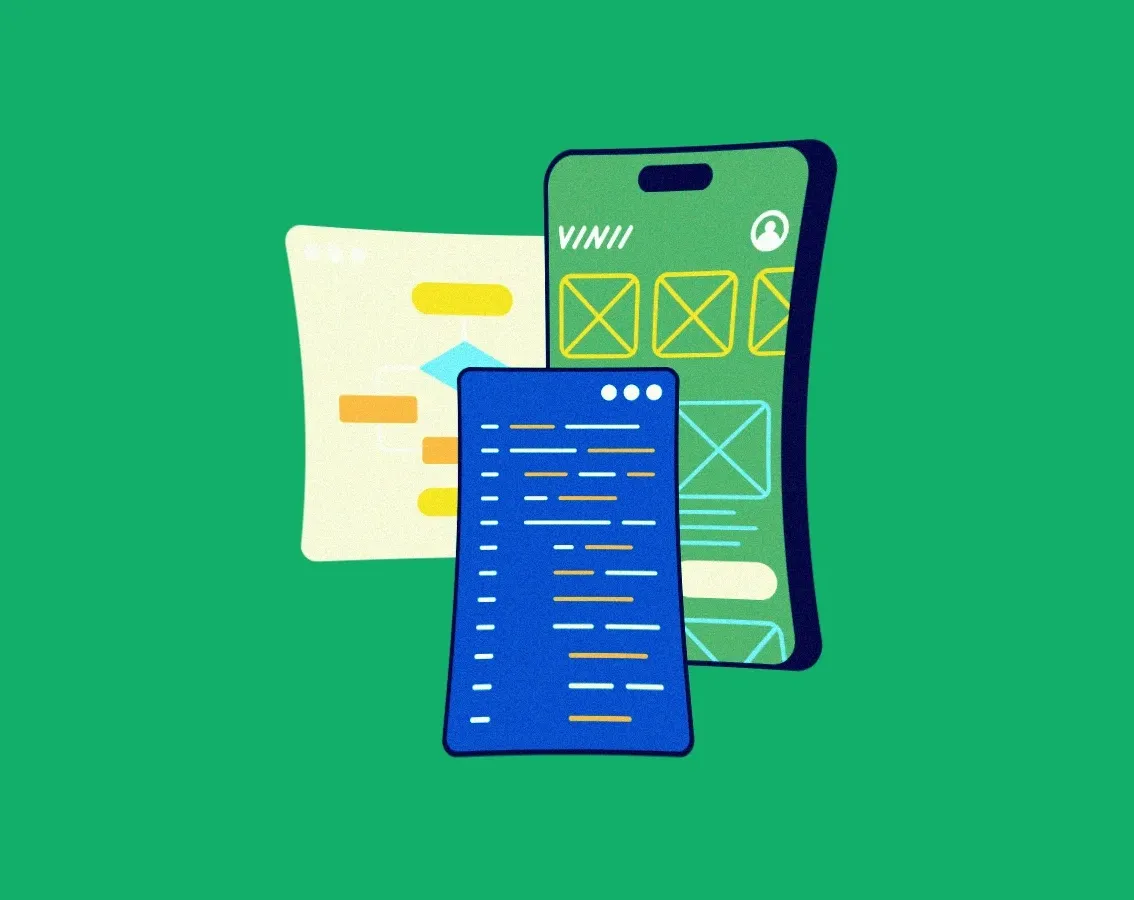blog
How to Speed Up App Development
By Mohan S App development Digital transformation August 8, 2025

App development today is all about speed and efficiency without compromising quality. Startups and established businesses alike know that faster development cycles mean quicker feedback loops, better market fit, and quicker revenue opportunities.
To accelerate app development without cutting corners we need to understand some factors first.
Why App Development Often Takes Longer Than Expected
What usually slows down development:
Overengineering: Overengineering typically happens during the early-to-mid stages of app development, especially when teams are trying to make the product “perfect” before it even reaches users.
Poor planning: Poor planning and vague requirements can lead to endless iteration cycles because the team doesn’t have a clear, shared understanding of what to build, why, and in what order.
Tech debt accumulation: When teams prioritize speed over structure while building an MVP or early product. It can accelerate initial launch but creates future bottlenecks that slow down development.
Inefficient collaboration: Misalignment between dev, design, and QA slows down release cycles.
Ignoring automation: Manual testing, deployments, and code reviews are repetitive and error-prone. Without CI/CD pipelines or automated testing, each release takes longer and increases the risk of delays.
The first step to speeding up is to remove these common blockers.
Further reading: Common challenges when developing a mobile app
Tried & Tested Methods to Speed Up App Development
1. Start With an MVP and Iterate
Rather than building the “final” product from day one, focus on a minimum viable product (MVP). Launch fast with the core features that validate your idea, gather user feedback, and iterate.
For instance, use analytics to track feature usage and avoid building what users don’t want.
2. Use Cross-Platform Frameworks
Frameworks like Flutter and React Native allow you to write once and deploy to both iOS and Android. This can cut development time by 30–50% compared to fully native builds.
Flutter: Great for highly interactive UIs and startups that need speed.
React Native: Extensive ecosystem and strong support for web-to-app code sharing.
Cross-platform frameworks like Flutter and React Native speed up development but have trade-offs: They can cause slightly lower performance, delays in supporting new native features, and larger app sizes.
They’re best for fast launches.
3. Leverage Low-Code and No-Code Tools
Low-code tools can help you prototype fast or even launch simple apps without a large dev team.
Best for MVPs or internal apps.
Reduces engineering overhead and dependency on full-stack teams.
At the same time, there are certain caveats to low-code tools:
Complex customizations may be hard or impossible without switching to full code.
Scaling beyond the platform’s limits can require a costly migration.
Performance and security are tied to the provider’s infrastructure, reducing control.
They’re ideal for MVPs or internal tools, but can be risky for long-term, highly complex apps.
4. Automate Testing and Deployment (CI/CD)
Manual testing and deployments are time sinks. Adopt continuous integration and continuous deployment (CI/CD) pipelines to:
Catch bugs early with automated tests.
Push updates to production faster and more reliably.
Free up developers for core feature work instead of repetitive tasks.
It helps developers ship faster, with fewer errors and saves time and money.
5. Adopt Agile and Sprint-Based Development
Agile methodologies aren’t just buzzwords, they work for speed. Agile and Sprint-Based Development can be fitted into the app development plan as the core execution framework:
Break development into 2–3 week sprints.
Hold daily standups to eliminate blockers quickly. Use feedback from each sprint to adapt the next one.
Review progress and deploy incremental features instead of waiting for a “big launch.”
Iterative delivery keeps teams moving fast without overwhelming QA or stakeholders.
6. Use Reusable Components and Templates
Instead of reinventing the wheel, leverage pre-existing components from the dev community:
UI libraries like Material UI or Tailwind for React Native.
Backend templates and boilerplates for authentication, payments, and dashboards.
APIs and SDKs for features like maps, analytics, or notifications.
These shortcuts can save weeks in development.
7. Opt for Cloud-Native and Serverless Architectures
A modern backend can dramatically speed up development:
Serverless platforms like AWS Lambda or Firebase remove infrastructure headaches.
Managed databases and auth services reduce DevOps load.
Scalability on-demand avoids performance tuning in early stages.
This is especially crucial for lean teams that need to launch fast without managing servers.
Using AI to Speed-Up App Development
AI has rapidly transformed mobile and cross-platform app development in 2024 - 2025, making it possible to ship high-quality apps faster than ever.
Here’s how AI can help you speed up every stage of app development.
1. AI Code Assistants
Tools like GitHub Copilot and CodeWhisperer write boilerplate, suggest fixes, and document code inline - cutting dev time by up to 50%. Pair with code review tools (Snyk, DeepCode) to catch bugs early.
2. Faster UI/UX Design
AI tools like Figma plugins and Uizard turn wireframes into functional UI, generate visuals, and speed up prototyping - no pixel-pushing required.
3. Rapid Prototyping with Low-Code
Platforms like FlutterFlow and Adalo let teams launch MVPs fast using drag-and-drop AI. Clean exportable code, but limited for complex builds.
4. Automated Testing
Tools like Testim and Applitools auto-generate and adapt tests to UI changes, catching bugs faster and reducing test maintenance.
5. AI Performance Monitoring
Platforms like New Relic and Crashlytics detect issues in real time and suggest fixes - shortening the feedback loop for performance.
6. Voice/NLP Integration
Use GPT-4, Dialogflow, or SiriKit to quickly add chatbots or voice control without building from scratch.
7. AI-Powered Personalization
Mixpanel, Amplitude, and Firebase analyze user behavior to personalize content and predict churn - enabling faster, smarter updates.
Bonus: Culture and Collaboration Matter
Fast development isn’t just about tech, it’s about people.
Align dev, design, and QA early with clear product specs.
Encourage code reviews, but avoid bureaucratic delays.
Maintain a clear backlog in tools like Jira or Linear.
A team that communicates well will always outpace a siloed team with “better” resources.
Key Takeaways
Build less, launch faster: Focus on the features that matter.
Leverage modern tech stacks: AI, cross-platform, cloud-native, and serverless options can accelerate delivery.
Automate everything you can: Testing and deployment automation saves time and reduces human error.
Stay iterative: Feedback loops are your best friend for speed and quality.
If your goal is to get to market quickly without sacrificing quality, combining these strategies can help you cut development time dramatically by 30 - 50%.


